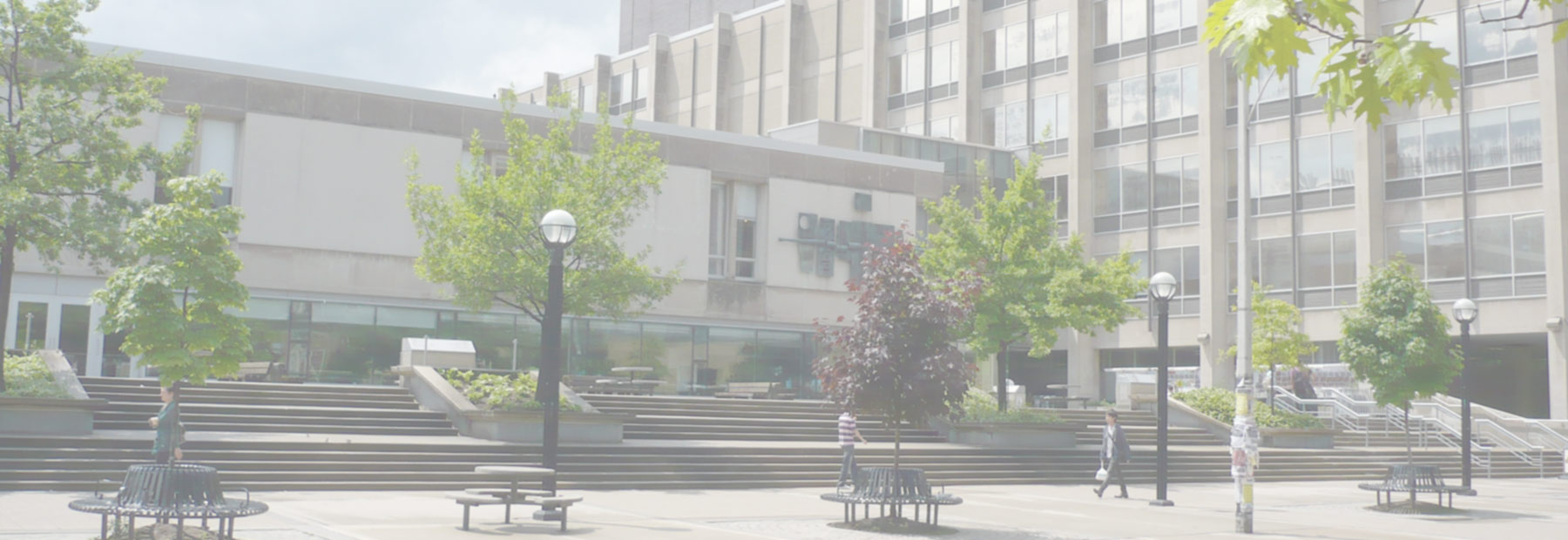Imagine your way home from work or school. Easy, right?
That’s thanks to your hippocampus, the seahorse-shaped region of the brain that’s key to learning and memory, which uses specialized brain cells known as “place cells” to draw mental maps of familiar environments.
When you encounter something unexpected in that environment, like stumbling upon a new coffee shop on your usual route, the hippocampus revises these maps in a process scientists call “remapping.” While remapping is necessary to remember new experiences, it can shake the brain’s ability to hold a stable, cumulative record of past experiences tied to the same place.
A new study by psychologists at the University of Toronto suggests that the medial prefrontal cortex (mPFC), a region within the frontal lobe of the brain, plays a key role in preserving consistency. It maintains a stable mental map of familiar places, even after new or surprising events occur.
“These findings help us understand how memory exists in the brain,” says Kaori Takehara-Nishiuchi, professor of psychology in the Faculty of Arts & Science. “Our study shows that other areas of the brain like the medial prefrontal cortex play a critical and different role than the hippocampus in integrating new information into our memories without overwriting what we have already experienced.”
Led by researchers from the Takehara Lab—Yangzi Chen, Gaqi Tu, and Lizhe Zhang—under the supervision of Takehara-Nishiuchi, the findings were recently published in iScience.
Considerable research has analyzed how the brain creates a memory of a single experience. But far less look at how multiple experiences are encoded and integrated into a coherent memory, as this study does.
This work could shed light on memory issues linked to aging and dementia and potentially guide new treatments to support those facing cognitive decline and memory loss.
“We have a pressing need to find a way to help maintain cognitive health, especially the ability to form and retain memories,” says Takehara-Nishiuchi. “To come up with a real solution, we need to know how the brain integrates memories of multiple experiences while preserving the ability to recall each of them without confusion.”
"Brains evolve, not overwrite”
For this study, researchers used a miniature microscope to observe the activity of brain cells in the mPFC while mice explored a square path.
“We were able to track activity in the same brain cells for up to 11 days,” Takehara-Nishiuchi says. “We can see how a particular brain cell changes activity as the animal undergoes different events in the same environment.”
Initially, the mice ran along the path to collect sugar pellet rewards. During this period, researchers noted that the mPFC formed a map of the path with most cells becoming active near the starting point or around the reward site at the end of the path.
The next day, researchers introduced a surprise by adding gentle puffs of air at fixed spots along the middle of the path to simulate mild threats. In response, some brain cells lit up near those locations, altering the original map. The biggest changes happened in the parts of the path leading to the threats, while the reward-related sections remained mostly the same.
Over time, as the mice learned where and when the threats were likely to appear, the brain’s activity patterns started to balance out. Eventually, the differences between threat-related and reward-related areas evened out, suggesting that the mPFC had fully updated its internal map to incorporate the new information.
“Brains evolve, but not overwrite,” Takehara-Nishiuchi says. “The medial prefrontal cortex strategically updates its mental map of familiar places with new events without disrupting the original map.”
Earlier studies showed that the hippocampus tends to completely change its internal map whenever something new happens. In contrast, the mPFC seems to take a more strategic approach. These more controlled updates may act like an anchor, helping the brain tie all those shifting hippocampal maps into one smooth, continuous memory of what happened in a familiar place.
Future directions
Previous work has found remarkable similarities between brain activity in the human hippocampus and in mice. Given these similarities, Takehara-Nishiuchi believes that the mechanism they uncovered in this study is also at work in the mPFC of the human brain, but more research is needed to confirm this suspicion.
Takehara-Nishiuchi stresses that understanding how the brain updates its mental map could be crucial for addressing memory problems linked to aging and dementia. A common issue is forgetting earlier events after something new happens in a familiar setting, which may be due to a weakened ability of the mPFC to connect changing hippocampal maps together.
By learning how the mPFC strategically weaves new experiences into existing memory, researchers may be able to develop therapies that strengthen this process and help people form clearer, more coherent memories.
More Information
To learn more about this study or to speak to its authors, please contact:
- Michael Pereira
Communications Officer, Department of Psychology, University of Toronto
psy.communications.officer@utoronto.ca


